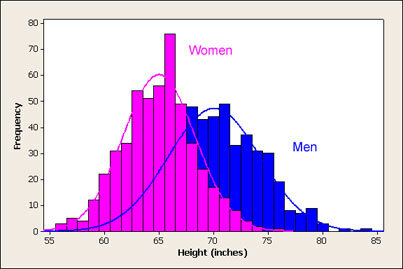
What is the Pareto Principle?
Definition and explanation
The Pareto principle is the idea that, for many things, roughly 80% of the results come from 20% of the inputs. This is why the Pareto principle is also known as the 80/20 rule.
Back in the nineteenth century, while Italian economist Vilfredo Pareto was looking after his vegetable patch, he noticed a peculiar and remarkable thing – 20% of the pea pods in his garden were producing 80% of all the peas he harvested!
Some small part of his harvest was way more fruitful than the rest, and the average pea pod was much smaller than the very ‘best’.
Intrigued by this phenomenon, he explored more into why this unequal distribution happened and he found the same pattern elsewhere! In a paper published in 1896, he showed that 80% of the land in Italy was owned by 20% of the population!
It turned out that this 80/20 rule doesn’t apply only to peas and the distribution of wealth in nineteenth century Italy, but to all manners of things. The 80/20 rule, or the Pareto Principle, is all around us.
Pareto Principle examples and applications to real life
What’s the secret to getting more done with less effort? The lesson we should learn from the Pareto principle is that some inputs are vital, while others are trivial. If only old Vilfredo could have just planted the top 20% of his pea-pods, he wouldn’t have had to waste his time with all the rest.
Pareto principle in time management
The Pareto Principle has important implications for time management. If we can get 80% of the result with only 20% of the work, it shows that prioritising and focusing on a few key inputs might be more important than trying to nail everything down. This can apply at all levels, whether it’s working out what to revise for an upcoming exam, or setting new year’s resolutions that really focus on just a few of the most important changes.
Pareto principle in business
Maybe in your business 20% of your clients are providing you with 80% of your profits, while the worst 20% of them are just being a pain and making up for 80% of your frustration at work. Cutting out those worse 20% might make your job a whole lot more enjoyable at not much cost.
How the 80/20 rule works
Why does the Pareto Principle work for so many things in life? The math behind the Pareto Principle relies on the idea of a power law distribution. In a power law distribution a few things heavily outweigh the rest.
It turns out we tend to find power laws in a surprising number of places in biology, demography, computer science, and economics.
![World income follows a power law distribution. The richest 10% of adults accounted for 85% of the world total wealth [Wikipedia].](https://images.squarespace-cdn.com/content/v1/5862e6e9bebafb318d9b5ed6/1610992967729-LCEA7AJ2AGFZ4J00MNBE/image-asset.jpeg?format=300w)
We can compare this to a normal distribution, like the distribution for how tall people are.

In a normal distribution, you don’t get huge outliers like in the power law distribution. There are some people who are pretty tall and short, but no-one is ten times taller than the average person!

